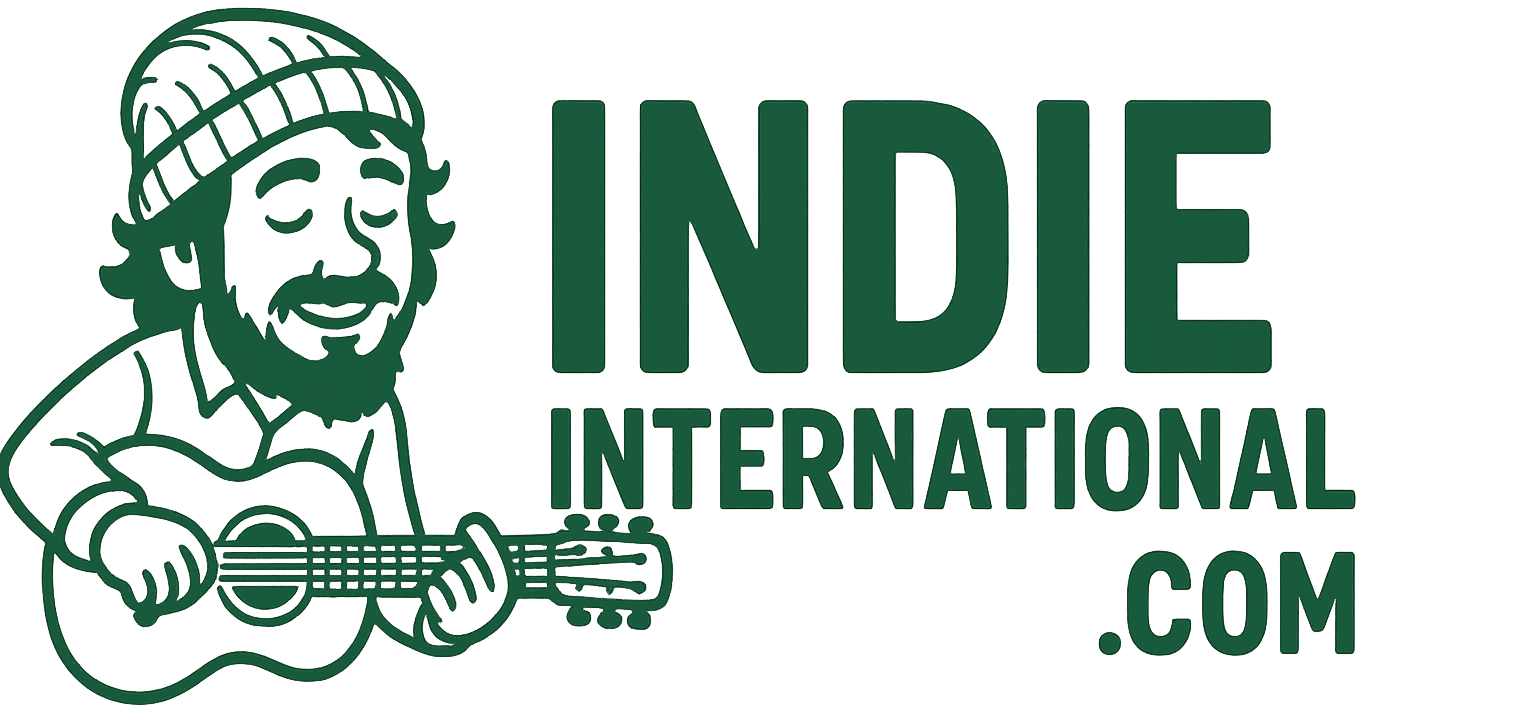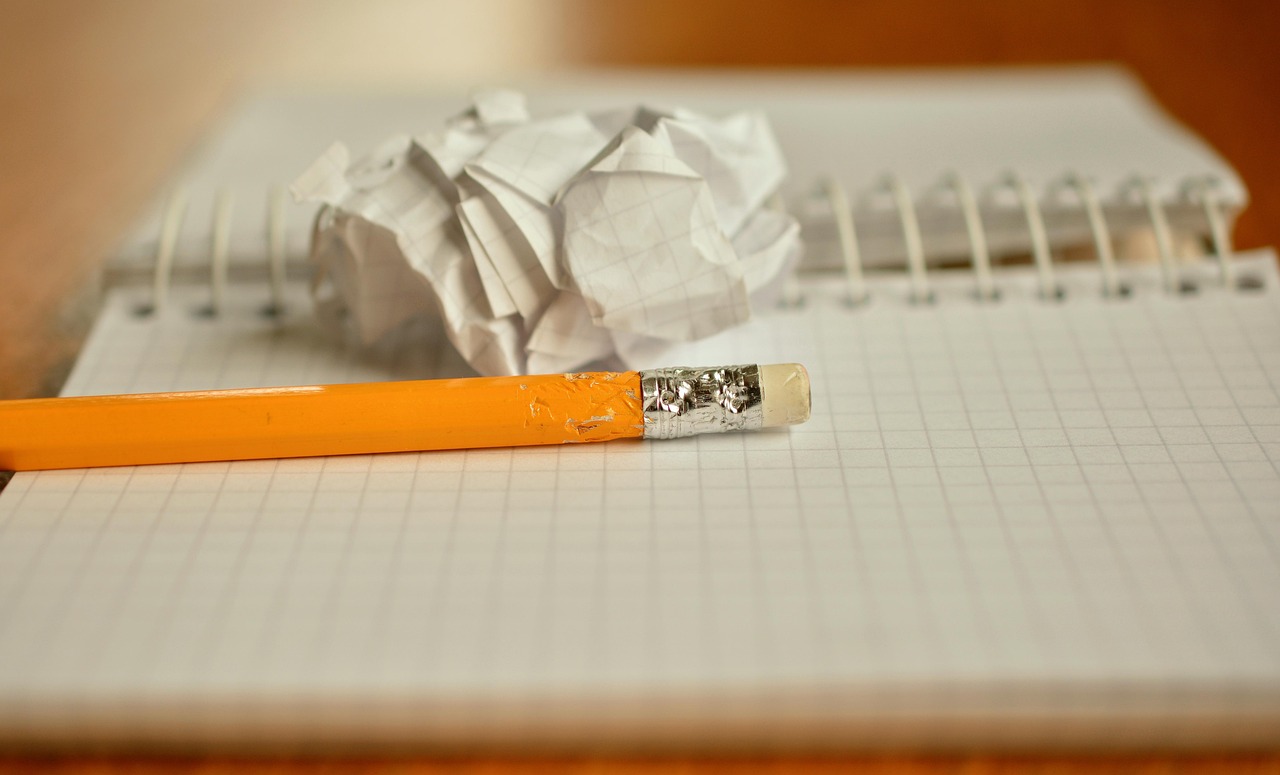The guitar sat in the corner of my room for months before I realized I could use it for more than just playing other people’s music. I’d been practicing scales, chord progressions, and snippets of songs I loved, but nothing of my own had taken shape. Then one day, without overthinking it, I started strumming a few chords in a sequence I hadn’t tried before. The sound felt different, personal somehow. That’s when the idea for my first song began to take root.
Writing a song felt both exciting and intimidating. I had no idea how the process was “supposed” to work, but I figured the only way to learn was to try. Looking back, I can see how much I discovered about songwriting, creativity, and even myself during that process. How I Wrote My First Song wasn’t just about music , it was about finding a voice I didn’t know I had.
Starting With Chords
The song began with three simple chords. I played them over and over until the rhythm started to feel natural. I wasn’t thinking about melody yet; I just wanted the progression to sound right. Even without lyrics, the chord sequence created a certain mood, something between hopeful and bittersweet.
I didn’t rush to move past this stage. Spending time with the chords gave me a foundation that felt strong enough to support whatever ideas came next. I learned that letting a musical idea breathe before piling more on top can be the difference between something forced and something authentic.
Finding a Melody
Once the chords felt comfortable, I started humming along to them. At first, it was just random notes, but eventually certain patterns kept repeating. Those patterns became the building blocks of my melody. I didn’t record myself in the early minutes, which turned out to be a mistake , I lost a few promising ideas simply because I couldn’t remember them.
That was the first big takeaway from How I Wrote My First Song: always capture your ideas, even the messy ones. A voice memo, a quick laptop recording, anything that lets you listen back later. Inspiration rarely arrives fully formed, and sometimes the “bad” takes have hidden gold.
Writing the Lyrics
For me, lyrics are the most personal part of songwriting. I wanted my first song to feel genuine, so I drew on real experiences. I thought about a specific moment in my life that carried a mix of emotions , joy, regret, and longing all at once. That became the emotional core of the song.
I didn’t write the lyrics in order. Instead, I jotted down phrases, images, and lines that came to mind, even if they didn’t rhyme or fit the melody yet. Later, I pieced them together like a puzzle. This patchwork method gave me more freedom than trying to force a perfect verse-chorus-verse flow from the start.
Struggling With the Chorus
The hardest part was the chorus. I wanted it to stand out from the verses but still feel connected. At first, my chorus sounded too similar to the verse melody, so it didn’t have that “lift” I wanted. I spent hours trying different rhythms, adjusting the key, and even rewriting the lyrics until it felt right.
The breakthrough came when I changed the chord progression slightly for the chorus. That small shift made the melody pop and gave the song the emotional peak it needed. I realized that sometimes the key to a great chorus is not just a catchy hook, but also a contrast in harmony and energy.
Arranging the Song
Once the main structure was in place, I started thinking about arrangement. I imagined how the song would feel with drums, bass, and maybe a soft pad in the background. Even though I didn’t have a full band to play with, I layered some simple virtual instruments in my DAW to get a sense of the arrangement.
This step helped me understand pacing , when to let the song breathe and when to build intensity. By adding and removing elements strategically, I could make the verses feel intimate and the chorus feel expansive.
Recording the Demo
Recording the first demo was nerve-wracking. Hearing my own voice and playing together made me notice every tiny mistake. But I pushed through, reminding myself that this wasn’t a final product. The goal was to capture the essence of the song so I could refine it later.
This is another thing I learned from How I Wrote My First Song: perfection is the enemy of progress in the early stages. The rough demo gave me something tangible to work with, and it also made me more confident about sharing the song with others.
Getting Feedback
I played the song for a couple of friends who were also musicians. Their feedback was honest but encouraging. One suggested I shorten the bridge to keep the energy moving; another recommended adding a harmony in the final chorus. I didn’t take every suggestion, but I tried them out to see how they felt.
Sharing a song for the first time is vulnerable, but it’s one of the fastest ways to grow as a songwriter. I learned that constructive criticism isn’t about tearing down your work , it’s about revealing possibilities you might not see on your own.
Performing It Live
The first live performance was at a small open mic night. I was nervous, but once I started playing, the adrenaline took over. Seeing people react , tapping their feet, nodding along, even singing the chorus by the second time , was one of the most rewarding moments I’ve had as a musician.
Performing the song live also revealed things I hadn’t noticed in rehearsal. Certain lines landed more strongly than others, and some pauses felt too long. I took mental notes and later adjusted the arrangement based on that live experience.
Lessons That Stuck
Looking back, I can see several lessons that have stayed with me in every song I’ve written since:
- Capture ideas immediately before they slip away.
- Let the song evolve naturally instead of forcing it into shape too soon.
- Use contrast in melody, chords, and dynamics to keep the listener engaged.
- Seek feedback from trusted sources, but stay true to your vision.
- Perform early to see how the song connects in a live setting.
Each of these lessons came directly from the process of How I Wrote My First Song, and they’ve become part of my personal songwriting approach.
Growing From That First Attempt
That first song wasn’t perfect , far from it , but it was a turning point. It showed me that songwriting isn’t about waiting for a lightning bolt of inspiration; it’s about showing up, experimenting, and staying open to where the music leads.
Since then, I’ve written dozens more songs, each one a little stronger than the last. But the excitement of finishing that very first one still stands out in my memory. It was proof that I could create something from nothing, and that feeling keeps me writing to this day.
Final Thoughts
Writing your first song is a mix of uncertainty and discovery. It’s easy to doubt yourself, to think you need more experience before you start, but the truth is you learn by doing. The act of creating teaches you more than any tutorial or theory book ever could.
How I Wrote My First Song wasn’t just a milestone , it was the start of a journey I’m still on. Every song since has been shaped by what I learned in that process, and every time I sit down to write, I remember that first moment when music truly became my own.

